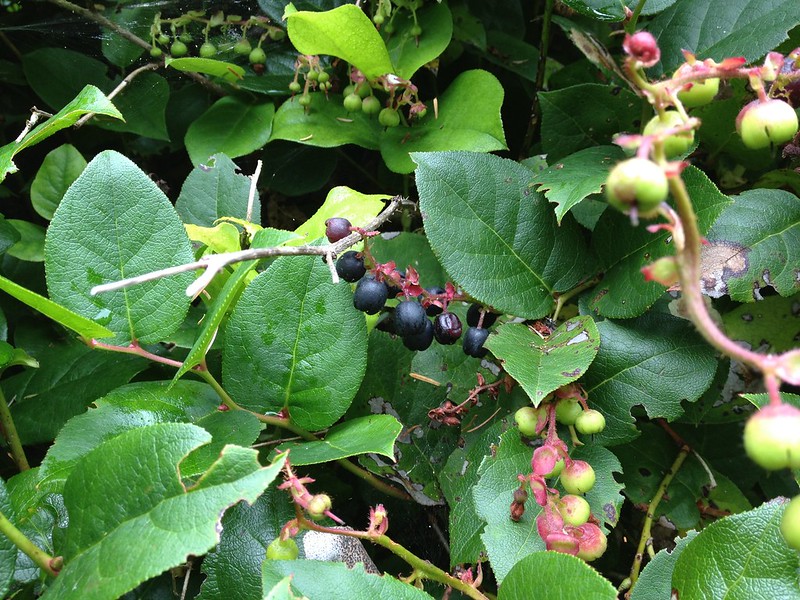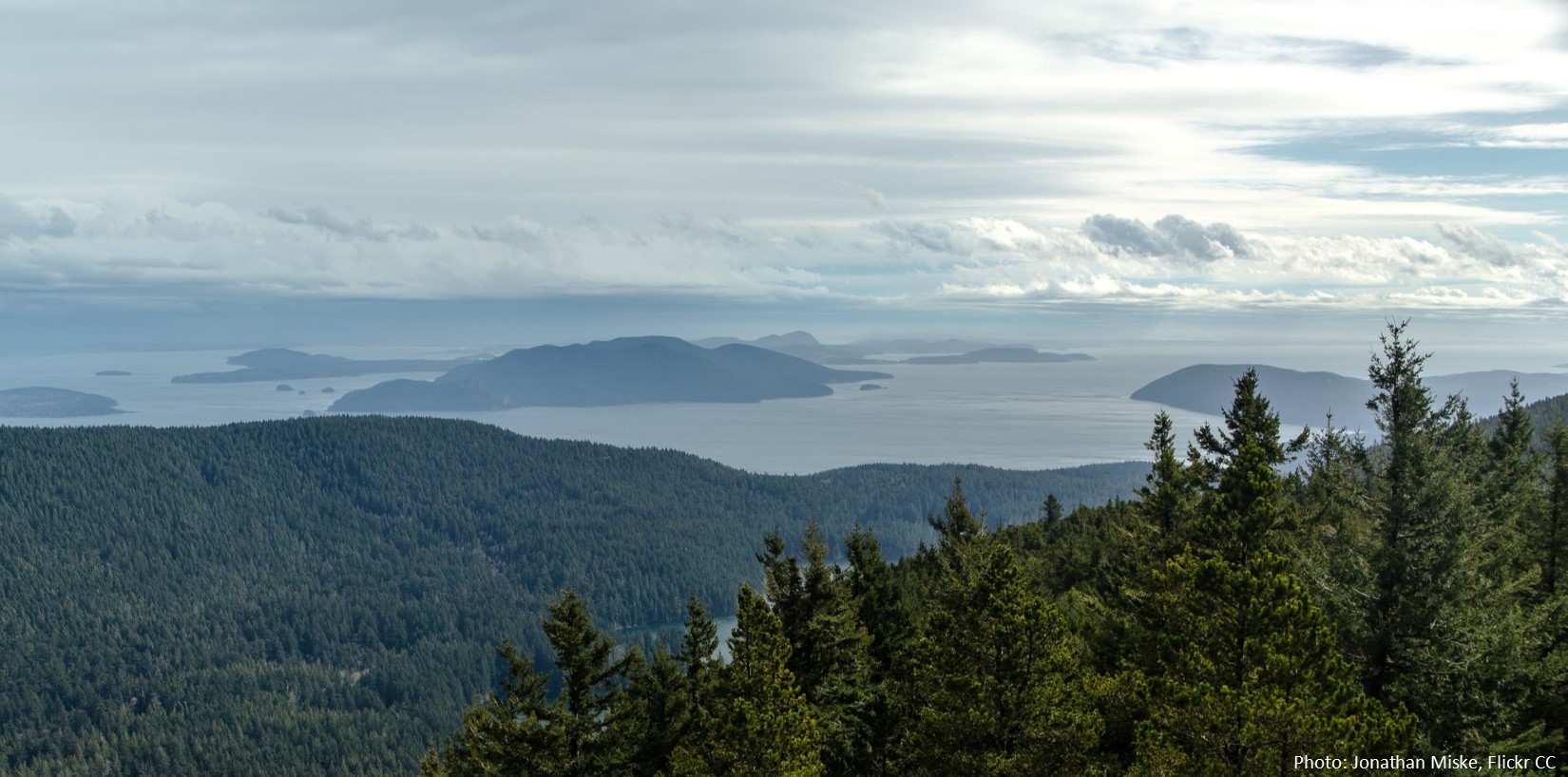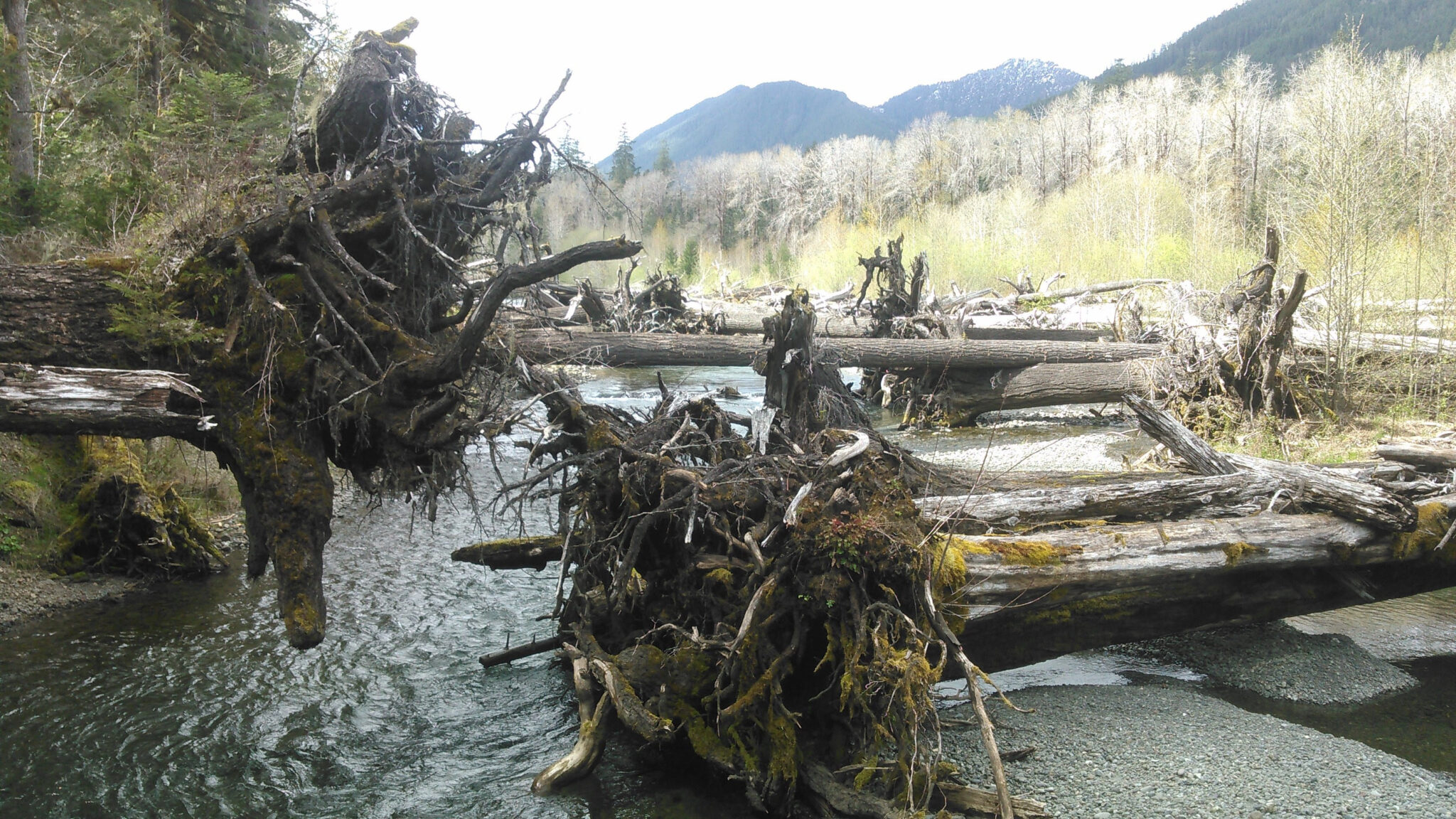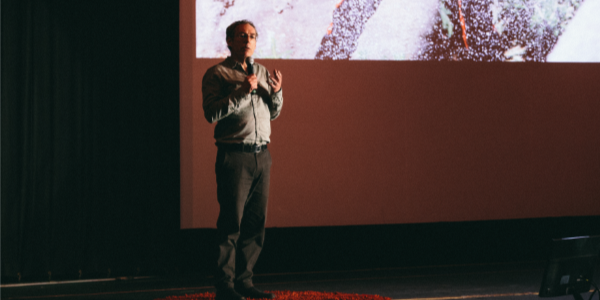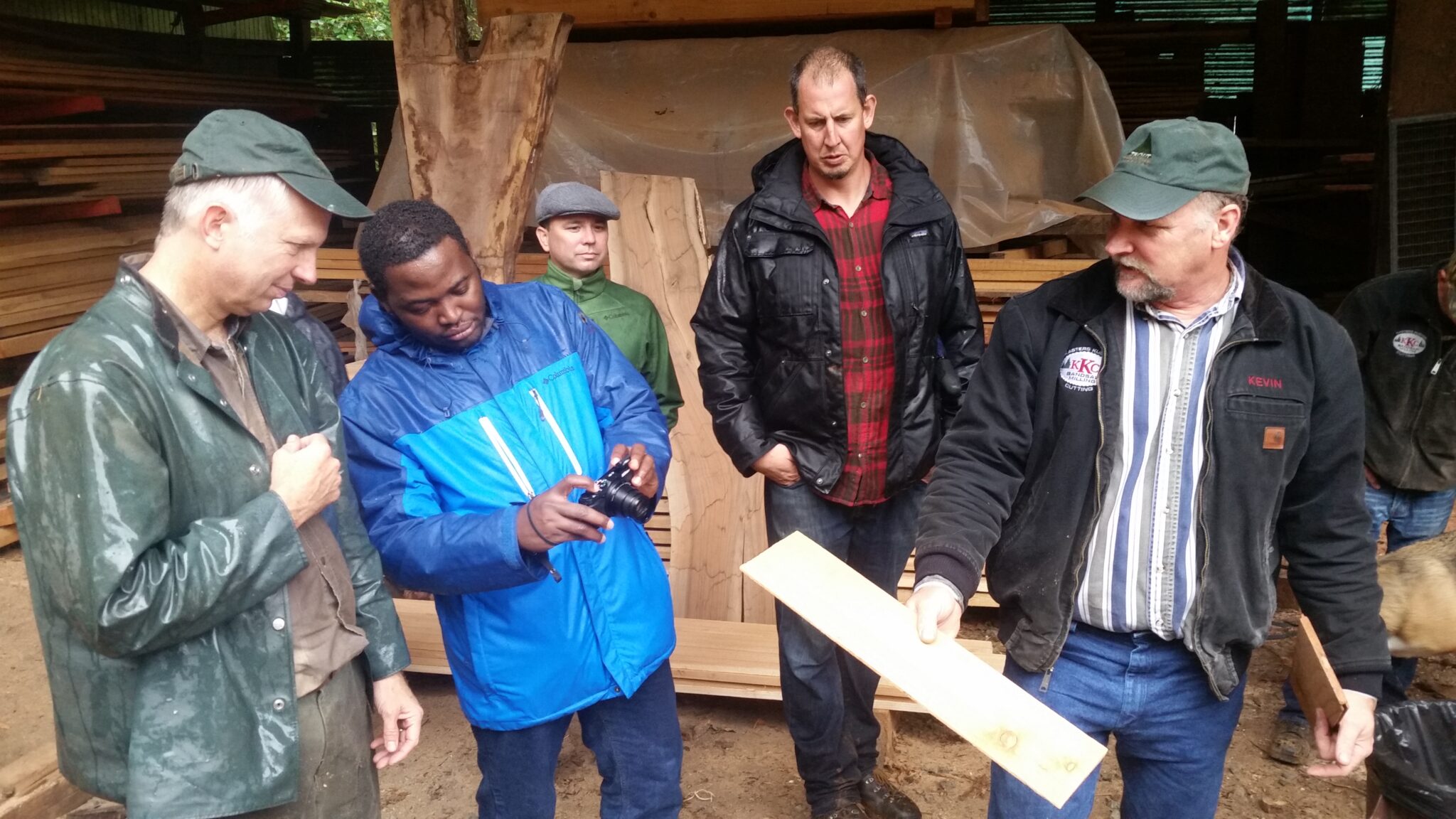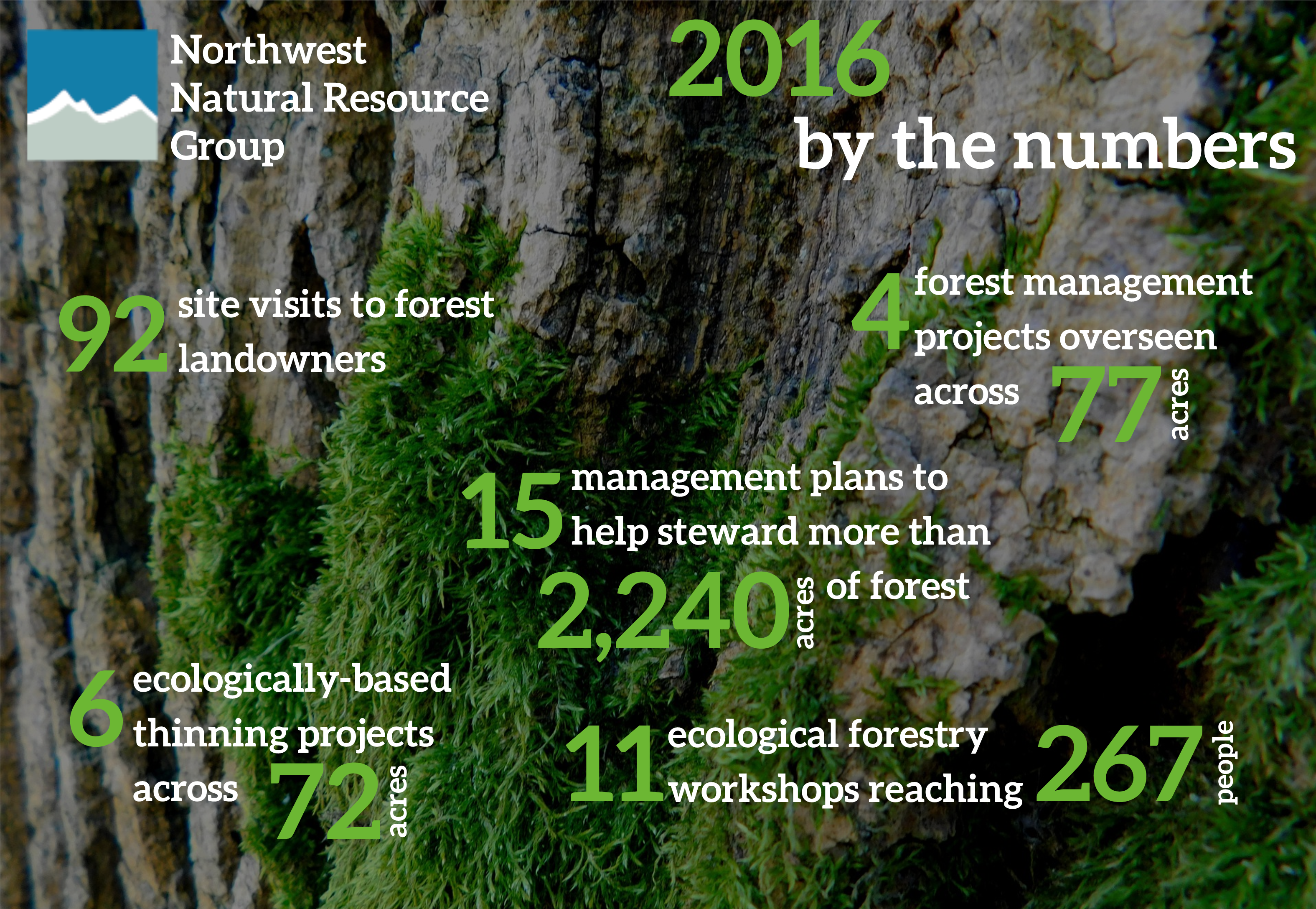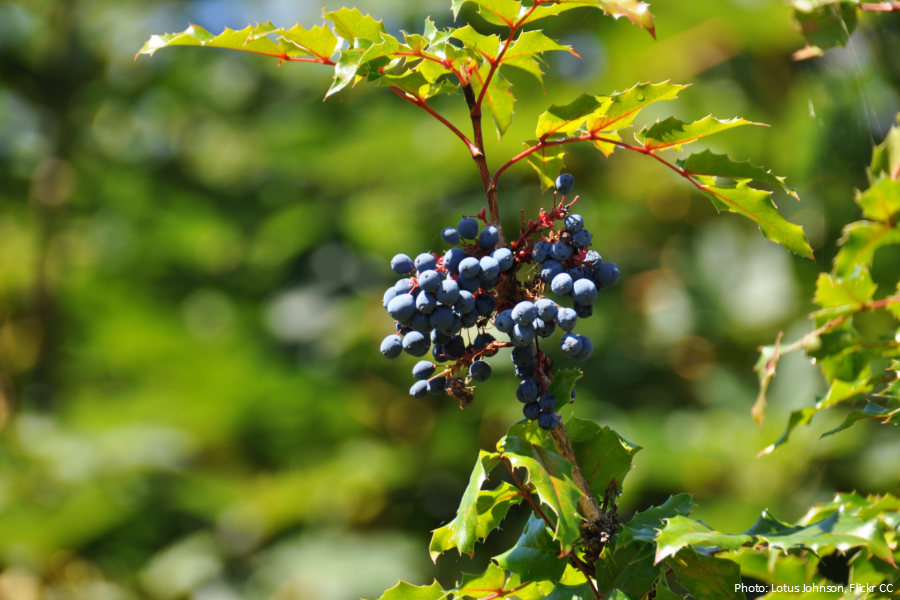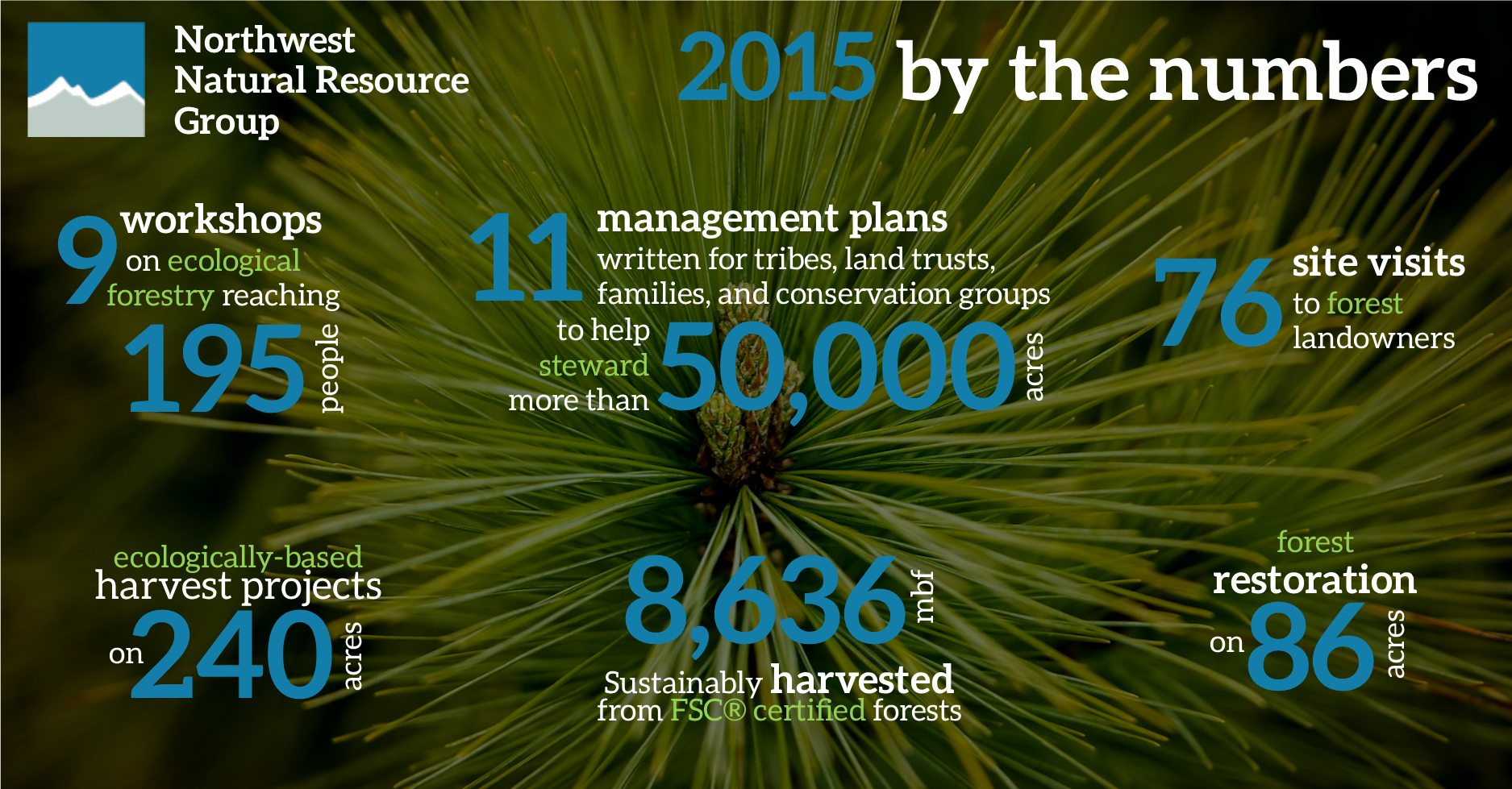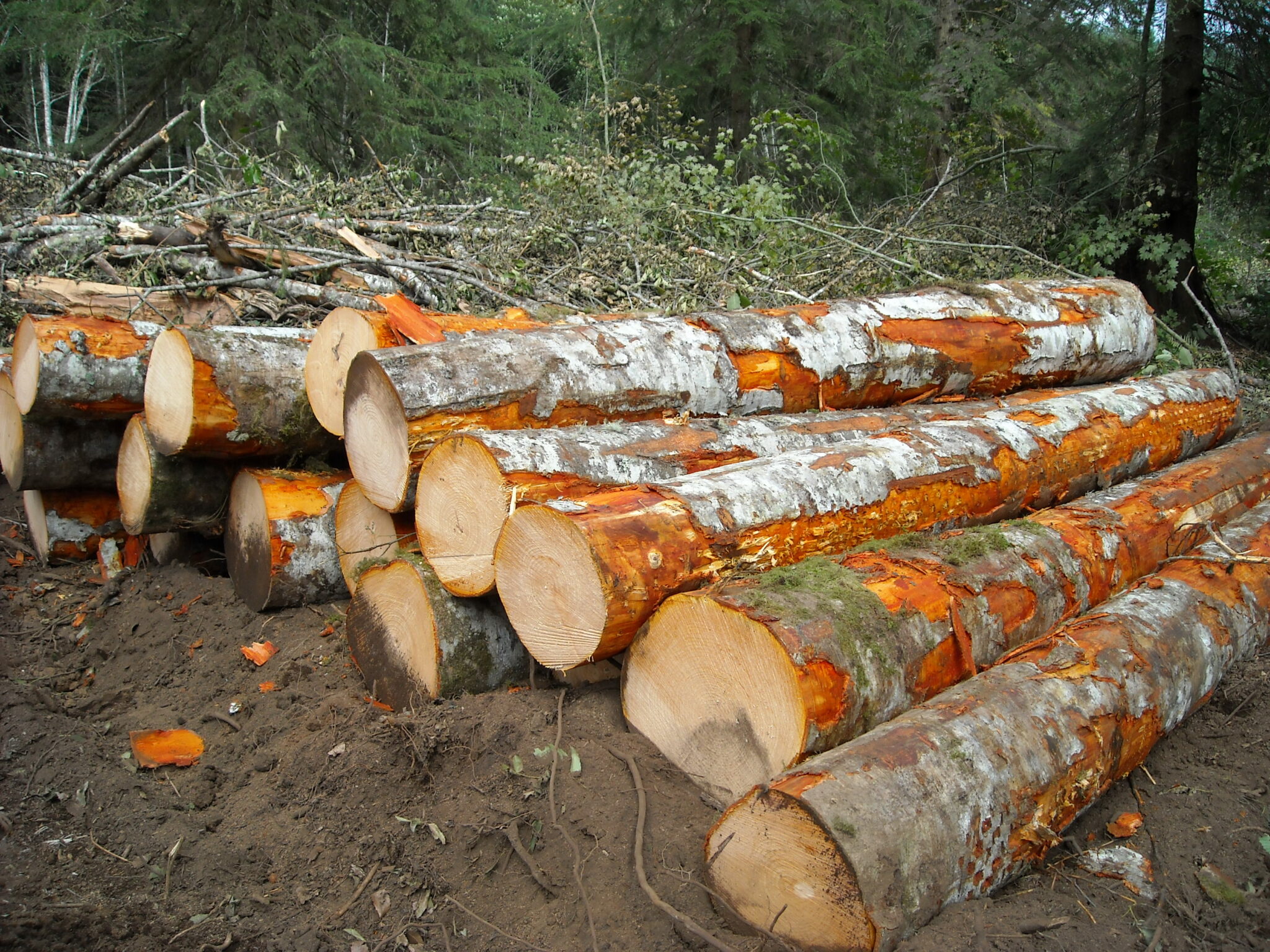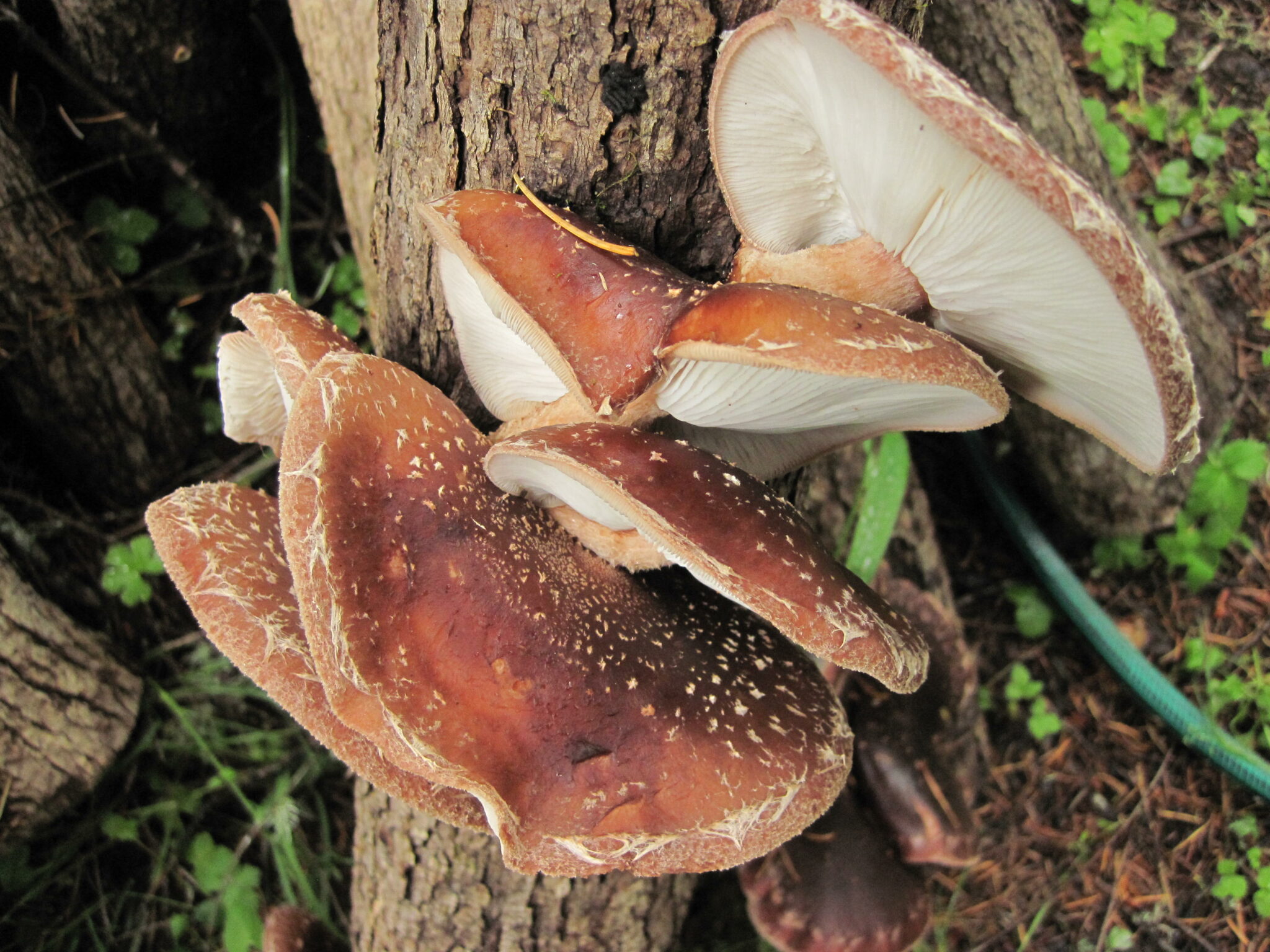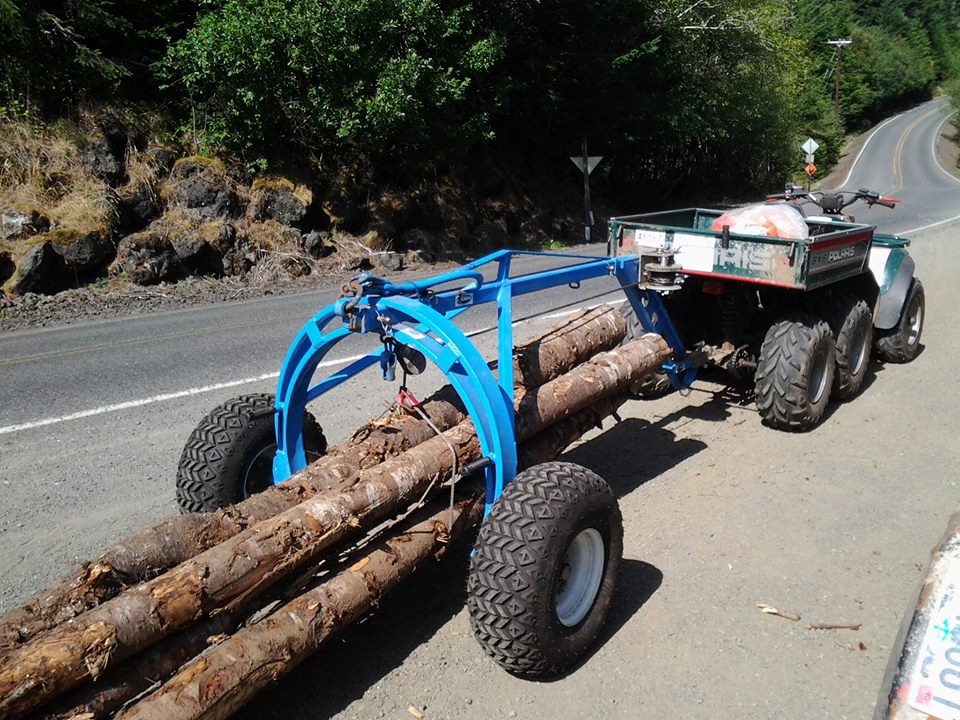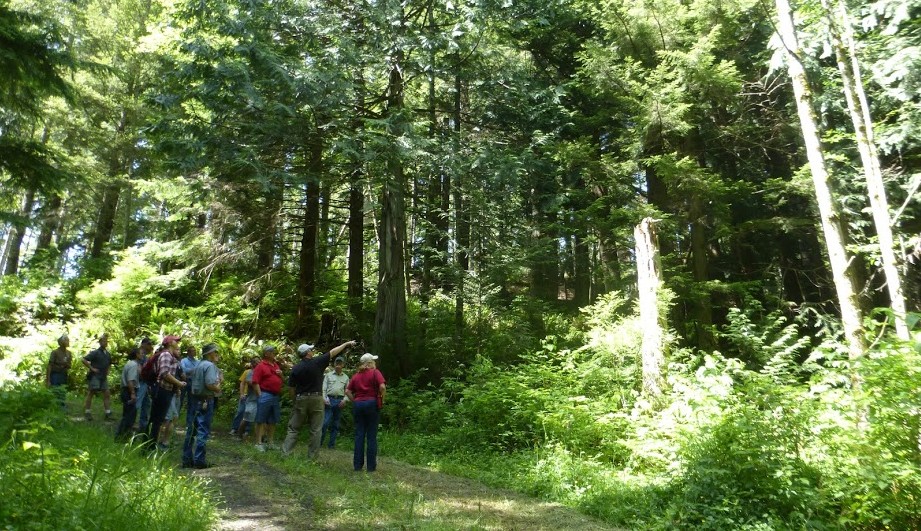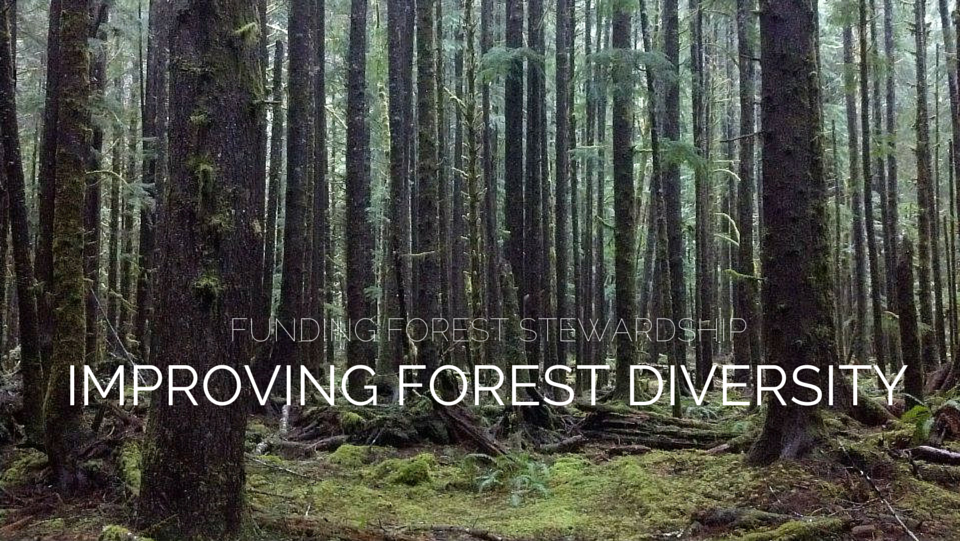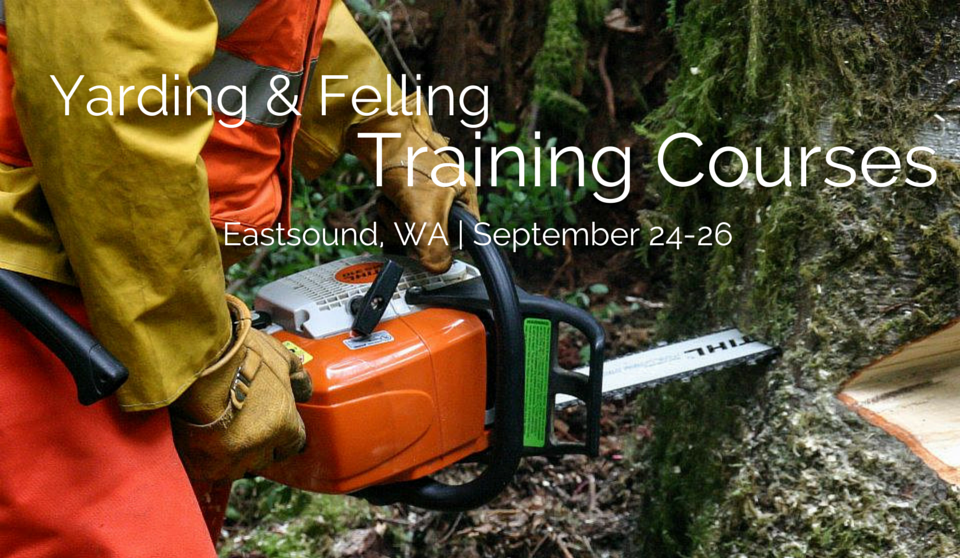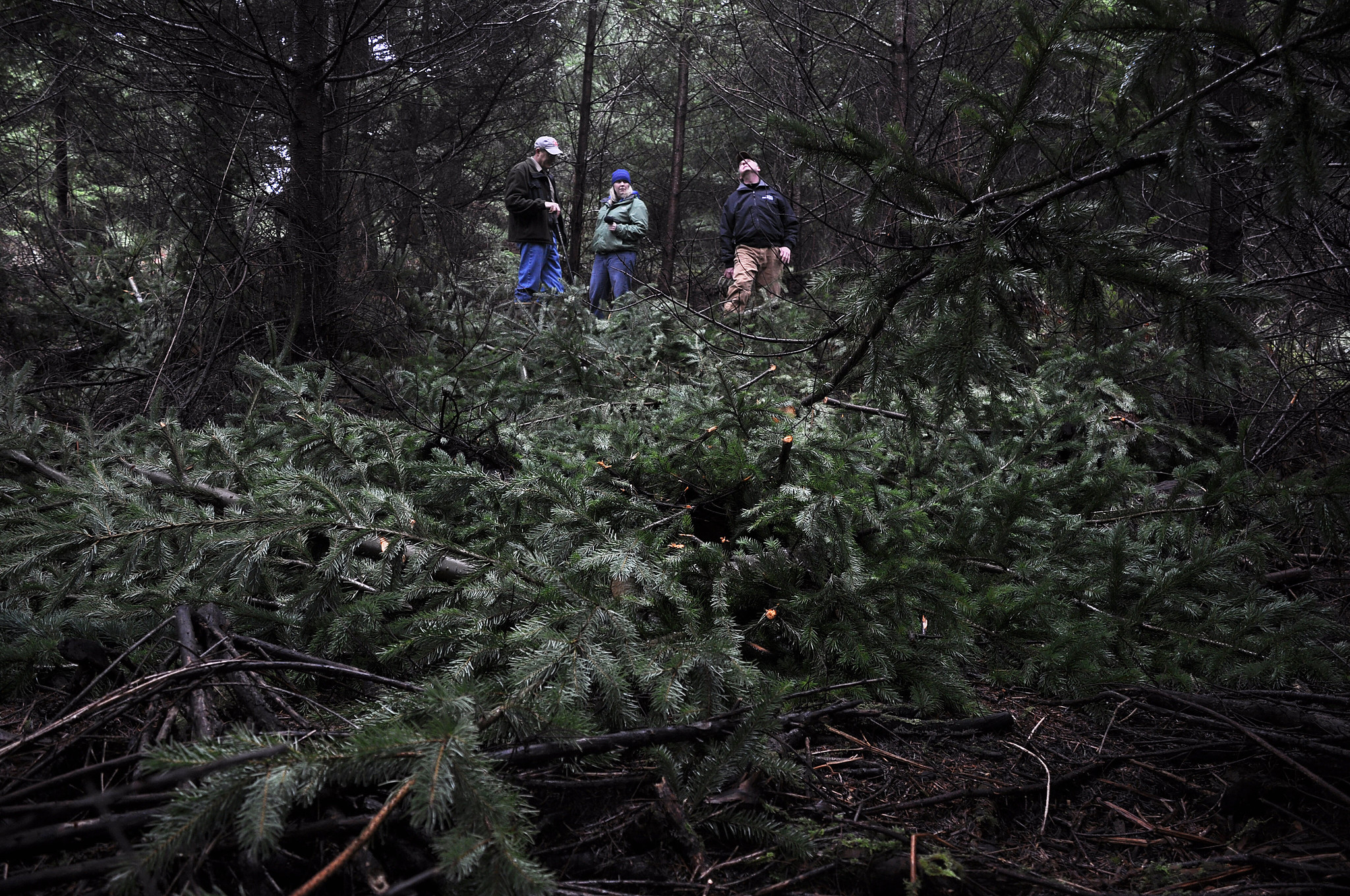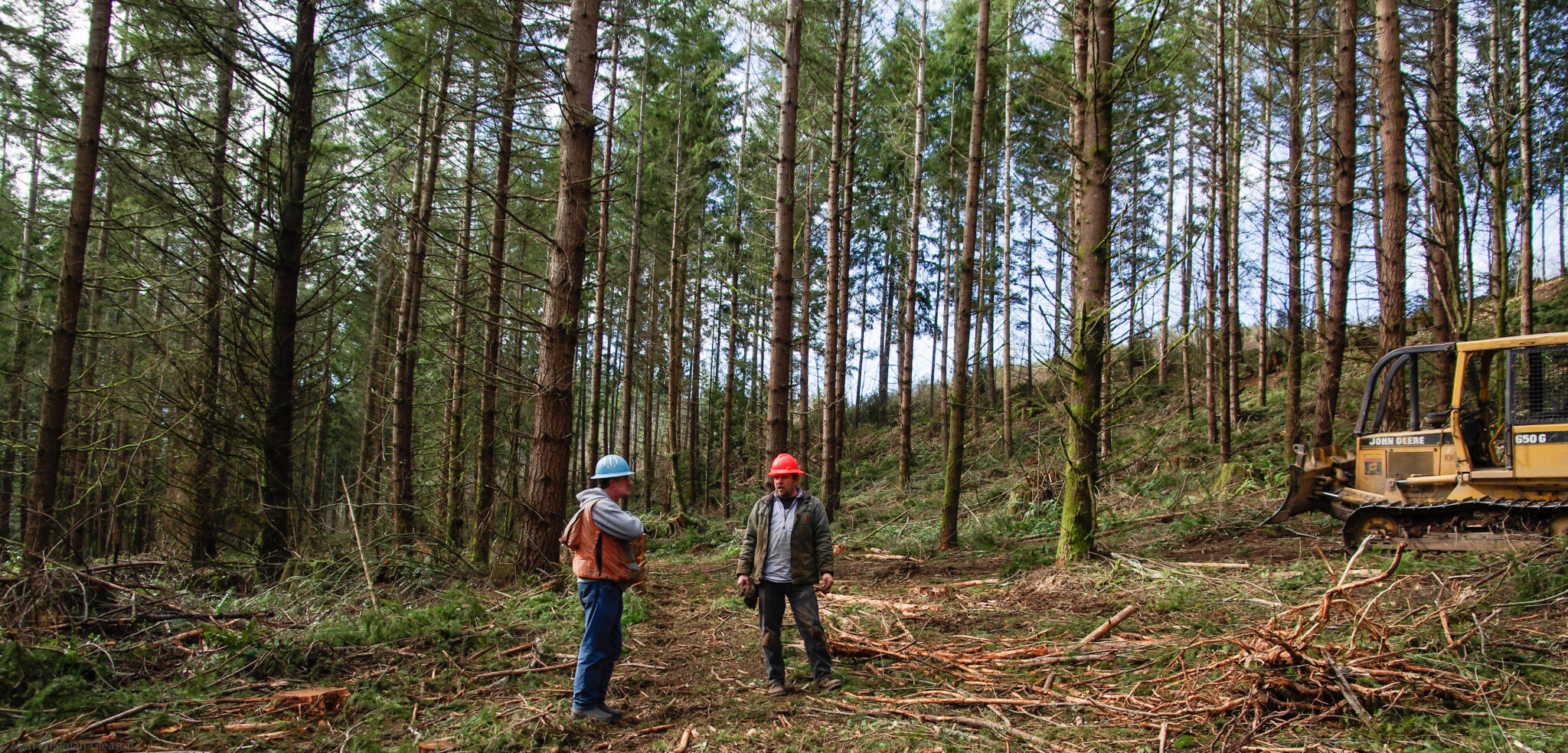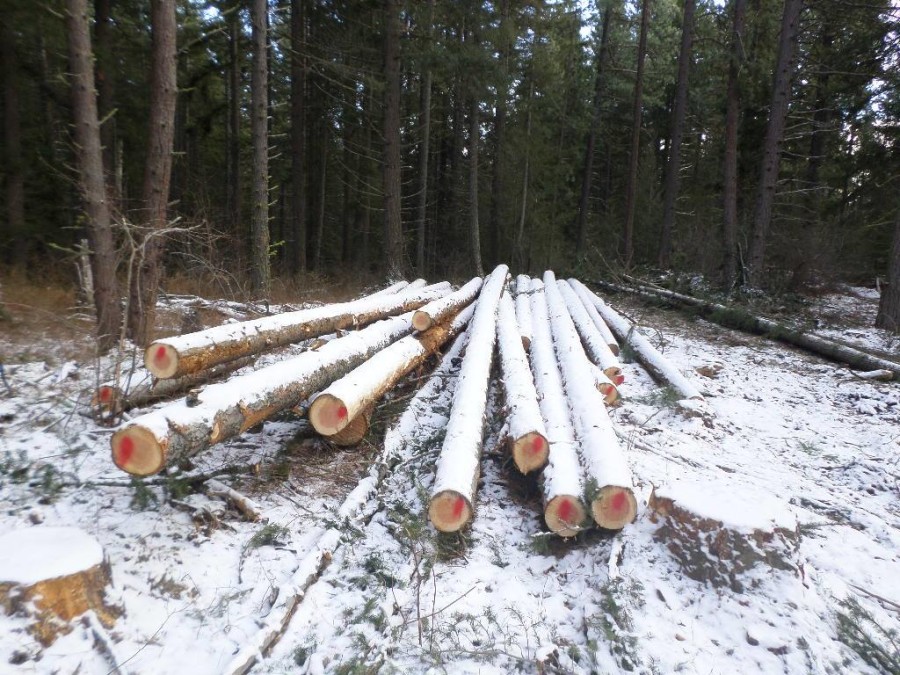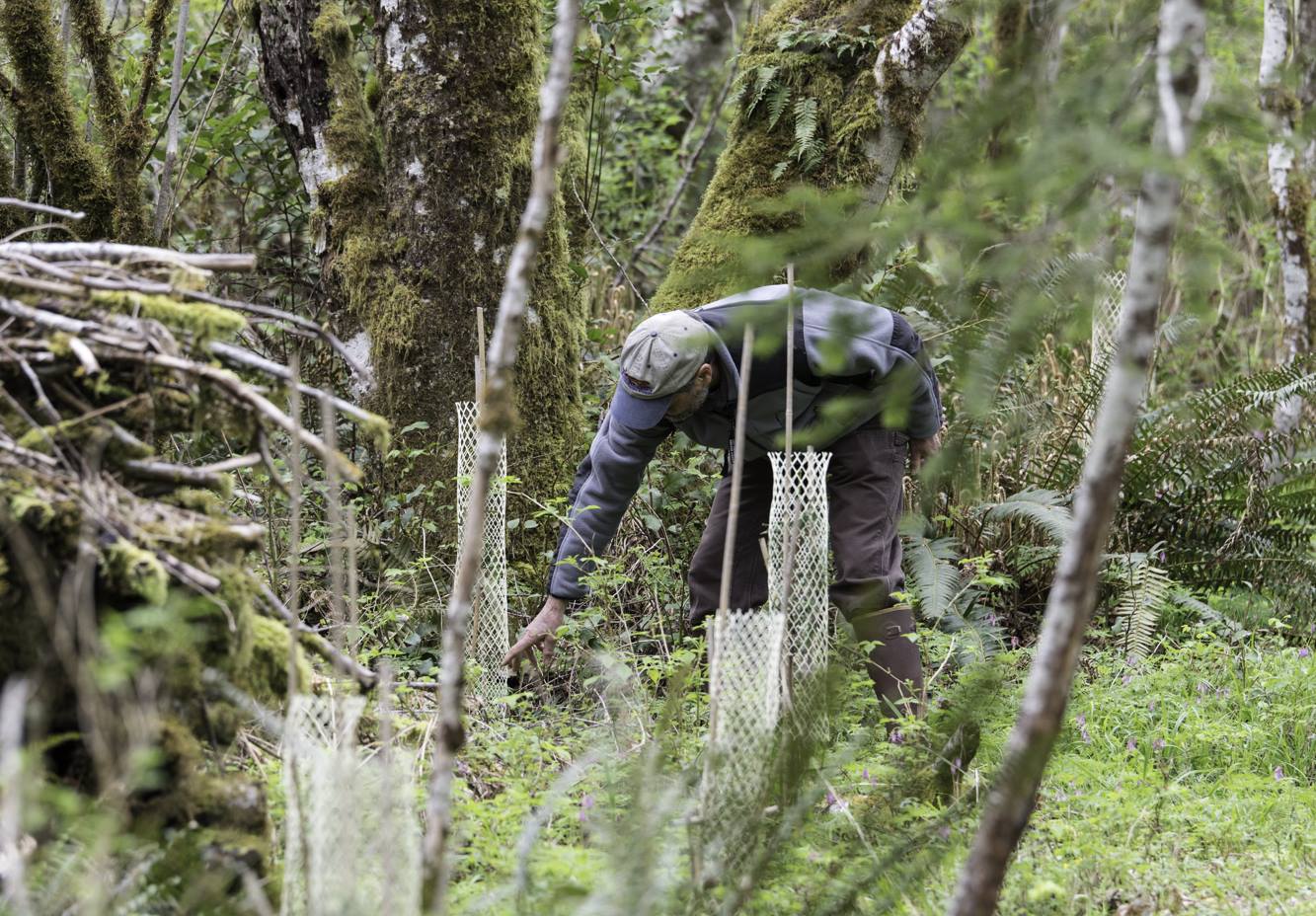Summer is the perfect time for major forest management activities like thinning trees, controlling weeds and invasives, and maintaining roads.
Harvesting
Using the SuperACE Tool for the Skokomish Tribe
Much of NNRG’s effort this spring has focused on our work for the Skokomish Tribe on the Tribe’s forestland located at the south end of Hood Canal. To help the Tribe achieve its management goals, we’ve completed a timber appraisal and are planning the first commercial thinning on tribal lands in a couple decades. NNRG is applying […]
Not Your Father’s Lumberjacks
Remember the Super-Axe-Hacker from The Lorax? The machine that could whack off four truffula trees with one smacker? Advances in logging technology have made this fantasy contraption a reality, with equipment like feller-bunchers, forwarders, skidders, and processors changing how we harvest. These machines can make ecological forestry better, efficiently and safely removing some trees while leaving others […]
Forest Tour: Thinning Overstocked Stands for Health and Productivity
NOTE: This workshop was originally scheduled for February 24th but has been rescheduled for March 10th due to icy road conditions. If you already registered for the 2/24/18 workshop, please let us know if you can make it on March 10th by sending Cailin an email at cailin@nnrg.org. See how your neighbors are thinning excess wood to […]
Forest Tour: Many Shapes & Sizes
Kevin Kaster (right), owner of a small-scale sawmill in Clackmas Co., presents a sample product to forest managers, designers, and woodland owners. A Tour of “GOOD WOOD” Management and Products REGISTER TODAY! Can a forest be managed for different purposes? Why might one tree be cut and another left standing? How does the way our […]
By the Numbers: 2016 Accomplishments
2016 was an incredible year for Northwest Certified Forestry members and the forests they steward. Because of the dedicated community of ecologically-minded woodland owners, Pacific Northwest forests are healthier, more resilient homes for wildlife and people alike. Here are some highlights of our year: Accomplishments: We hosted 11 workshops on ecologically-based forest management, precision tree-felling, forest […]
Summer: Forestry through the Seasons
Summer is the perfect time for major forest management activities like thinning trees, controlling weeds, and maintaining roads. Performing these stewardship activities in the dry season when sap flow is low will reduce damage to residual trees while minimizing soil compaction and other effects on forest ecosystems. Steward your Forest Clear winter debris from roads and […]
By the Numbers: 2015 Accomplishments
2015 was a productive year! Northwest Certified Forestry members showed their dedication to stewarding Pacific Northwest forests with ecologically-minded practices that contribute to the regional economy. We are so inspired by the forest stewards in our community who worked to enhance habitat for threatened and endangered species, remove invasive species, plant native seedlings and shrubs, pursue […]
Workshop: Optimize the Value of Your Timber – November 7
Recognizing the value of the timber you have can be the difference between selling a veneer-grade log at pulp prices instead of the market premium. By understanding the specialty product markets for veneer, figured wood, pole-quality timber, and export logs you can extract the highest value for your timber. It’s important to understand the niche markets […]
Member Spotlight: Shiitake Mushroom Logs
In our Member Spotlight series, we highlight Northwest Certified Forestry (NCF) members who have used forest products for unique and entrepreneurial purposes on their land and within their communities. Often these projects help members earn supplemental income. For the second installment in the series, we introduce you to Gopher Valley Botanicals, a Forest Stewardship Council® certified member of our group certificate, who has sourced non-timber […]
Member Spotlight: Large woody debris & wetland restoration
In our Member Spotlight series, we highlight Northwest Certified Forestry (NCF) members who are improving ecosystem functions and who have cultivated forest products for unique and entrepreneurial purposes on their land and within their communities. In this edition, we introduce you to Digger Mountain Forestry-a Forest Stewardship Council® certified member of our group certificate, and Yankee Creek Forestry-an NCF Preferred Provider. Recently, […]
Growing biologically rich forests for wildlife and income
On a beautiful summer day in early June, woodland owners gathered inside the library at Sedro-Woolley High School for the Managing for Timber and Wildlife workshop. The more than 20 participants were there to learn from Rolf Gersonde and Ken Bevis, two experts in the fields of silviculture and wildlife biology. Rolf Gersonde, a renowned silviculturist and researcher […]
Funding Forest Stewardship – Enhance Forest Health
For updated cost-share funding offered through NNRG in 2024 click here. For the third installment in the Funding Your Forest series, we’re focusing on ways to improve the diversity and productivity of your forest. Stewarding a forest that is diverse in species, age and size classes, with appropriate stocking densities is beneficial to the entire […]
Workshop: Tree Felling & Yarding – September 24-26
Join us on Orcas Island for a unique hands-on training program for small woodland owners who are interested in conducting their own timber harvests. Detailed instruction will be provided on precision tree felling techniques and low-impact log yarding strategies and equipment. Precision Tree Felling – 2-day course Thursday & Friday, September 24-25, 9:00 am – 5:00 pm – each day […]
Funding Fuel Reduction and Forest Health Projects
Depending on the state of your forest, fuel reduction and forest slash treatments may be ways you can improve your forest’s health and fire resilience. We’ve identified cost-share programs, funding, and other resources, as well as information on how to do-it-yourself. Forest slash treatment is becoming a necessity in many forests due to historic fire […]
Workshop: How to Manage a Timber Sale – August 15
Harvesting and marketing timber can be one of the most rewarding experiences of owning forestland… it can also be one of the most challenging. On Saturday, August 15, join us for a workshop to learn how to manage a timber sale on your land and effectively market your wood products. This day-long seminar will introduce landowners to […]
Harvest Underway at Roslyn Urban Forest
This month, Northwest Natural Resource Group started the restoration harvest on the City of Roslyn’s Urban Forest. Roslyn’s forest has not been managed for decades and is extremely overtstocked for its age – mostly with Douglas fir that has grown in among the Ponderosa pine in the absence of naturally occurring forest fires. NNRG is […]
EQIP and a Forest Classroom
Butler Family Forest, Olympia, WA Nestled along Pants Creek and the Capital Forest near Olympia sits a 40 acre FSC® certified forest owned by Paul and Peggy Butler, and Jim Stroh and Jan Yancy. Paul, a retired Evergreen State College professor, and his partners bought the property from another former Evergreen professor in 1990 and […]

